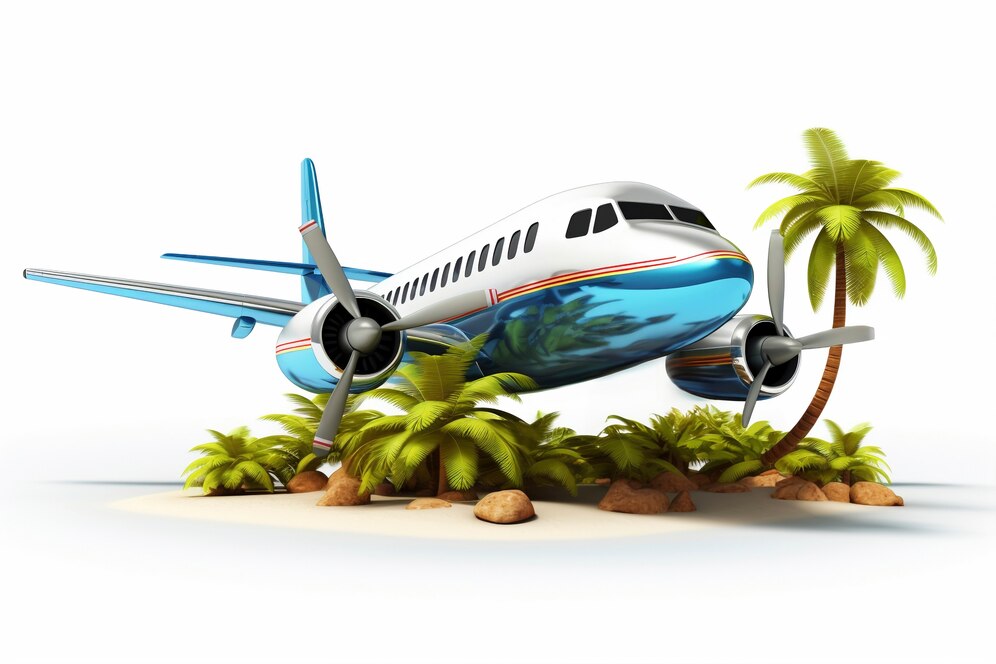How To Create An Unforgettable Golf Trip To Thailand
BY Sibashree Oct 30, 2025
A golf trip to Thailand! Now that’s something else. It’s not just a vacation; it’s golf, sunshine, beaches, and that laid-back Thai feeling all mixed together. Sounds great, right? And it might seem like a lot to plan at first, but honestly, it’s not that bad. With a bit of prep and the right mindset, you can pull off a trip that runs smoothly and ends up being one of those “I’ll never forget that” kind of weeks. Here is more on how to make your golf holidays in Thailand unforgettable. Understanding Why Thailand Is So Special For Golf So here’s the thing. Thailand’s kind of sneaky about being one of the best golf spots out there. The weather’s good most of the time, the courses look amazing, and the service... man, they really care about making you feel welcome. One day you could be playing through jungle fairways in Phuket, and the next you’re in Hua Hin with mountain views all around. Every area has its own thing going on. And it’s not just golf either. Thailand has this relaxed rhythm to it. You finish a round and next thing you know, you’re sitting by the beach eating grilled fish or wandering through a night market. Maybe you get a massage because, well, you earned it. That mix of great golf and total chill time? That’s the magic. Choosing The Right Destinations For Golf Holidays In Thailand Alright, first choose where to go. Thailand’s main golf areas are Bangkok, Hua Hin, Pattaya, and Phuket, and each one’s got a different vibe. Bangkok’s busy, sure, but it’s got a ton of courses and easy access from the airport. Hua Hin’s quiter, sort of classy, with views of the sea. Pattaya’s lively (to say the least) but full of fun and variety. And Phuket... well, that’s just pure island life. Feels like you’re playing in a postcard half the time. Try mixing a couple of them if you can. A few days in Bangkok and Hua Hin work great. Or Phuket and Pattaya, if you want both beach and nightlife. Keeps things fresh, you know? Finding The Right Golf Courses Thailand’s got loads of courses — fancy ones, budget ones, and pretty much all of them are in good shape. Think about what you enjoy most. Some people like a challenge, others just want those wide fairways and nice views. Honestly, most golfers mix it up — one big “wow” course, then a few laid-back rounds where nobody’s really keeping score. You don’t have to sort it all out now. Check some reviews, maybe watch a couple of YouTube clips, or ask someone who’s been. If that’s not your thing, just get a local golf company to handle it — they know the best spots anyway. Where To Stay Hotels and resorts in Thailand... there’s something for every budget. Simple, fancy, whatever you like. Try to stay close to the golf courses or somewhere near the beach — saves you a lot of time. If you’re going with a group, look for a place with a pool or a bar where everyone can hang out after the game. And honestly, the people here are so friendly. The staff always seem to notice what you need before you even ask. It’s kind of amazing. Getting Around Getting around’s not hard, but yeah, those golf bags can be a hassle. It’s smart to set up your airport rides and course transfers before you get there. Most folks go with private vans that have air-con (and trust me, you’ll be thankful for that in the afternoon heat). Having a driver who knows the golf routes is a big help, too. You don’t have to worry about getting lost — just sit back, chill, and watch the scenery roll by. Adding Local Experiences Let’s be real — if you fly all the way to Thailand just to golf and go home, you’re missing half the fun. Between rounds, try something different. Maybe a longtail boat ride, a Thai cooking class, or a few hours in a spa. Night markets are great too — good food, random stuff to buy, and that fun chaos you can’t really explain. Oh, and if you like a drink, local rum and gin are becoming a thing now. Little side adventures like that make the trip more yours, you know? The Best Time To Travel The best months are November to March. Nice weather, dry, and not too hot. But if you don’t mind a few clouds, the months just before or after that are still great — fewer people and better prices. Even when it rains, it usually passes quickly, and you’re back out playing again soon. Just plan around it a bit, and you’ll be fine. Traveling With Friends Golf trips with friends hit different. Thailand’s perfect for it — easygoing people, good food, warm weather, and a pace that fits everyone. You can plan a few friendly matches, a silly competition, or just play for fun. Most courses have really nice clubhouses too — perfect for sitting down after the round, grabbing a drink, and laughing about that one shot nobody saw coming. Why Planning Golf Holidays In Thailand With Experts Makes It Easier You can plan everything yourself, sure, but honestly, a golf travel expert can make things so much easier. They deal with tee times, rides, hotels — all the little details that can eat up your time. One of the best ones out there is Fairways of Eden. They’re based right in Thailand and focus only on golf holidays. You can build your trip from scratch with them — choose your courses, hotels, and add whatever extras you want. It’s all in one place, which makes life a lot simpler. And no, using them doesn’t mean you lose control. It just means you get to relax knowing someone’s got your back when you land. Making Your Golf Holidays In Thailand Truly Unforgettable The best memories from a golf trip aren’t just about perfect weather or amazing greens. It’s the stuff in between — the laughs, the sunsets, the random moments you didn’t plan for. Take your time. Listen to your caddie. Enjoy the quiet. Let Thailand’s slow rhythm kind of take over for a bit. Every smell, every sound, every smile adds something to the story. When you finally head home, you’ll realize it wasn’t just about golf at all. It was about finding a place that fits — golf, people, peace, and a bit of adventure all wrapped together. So yeah, whether you do it all yourself or get Fairways of Eden to help, your unforgettable golf trip to Thailand really just starts with one idea — play the game you love in a place that feels made for it.
















